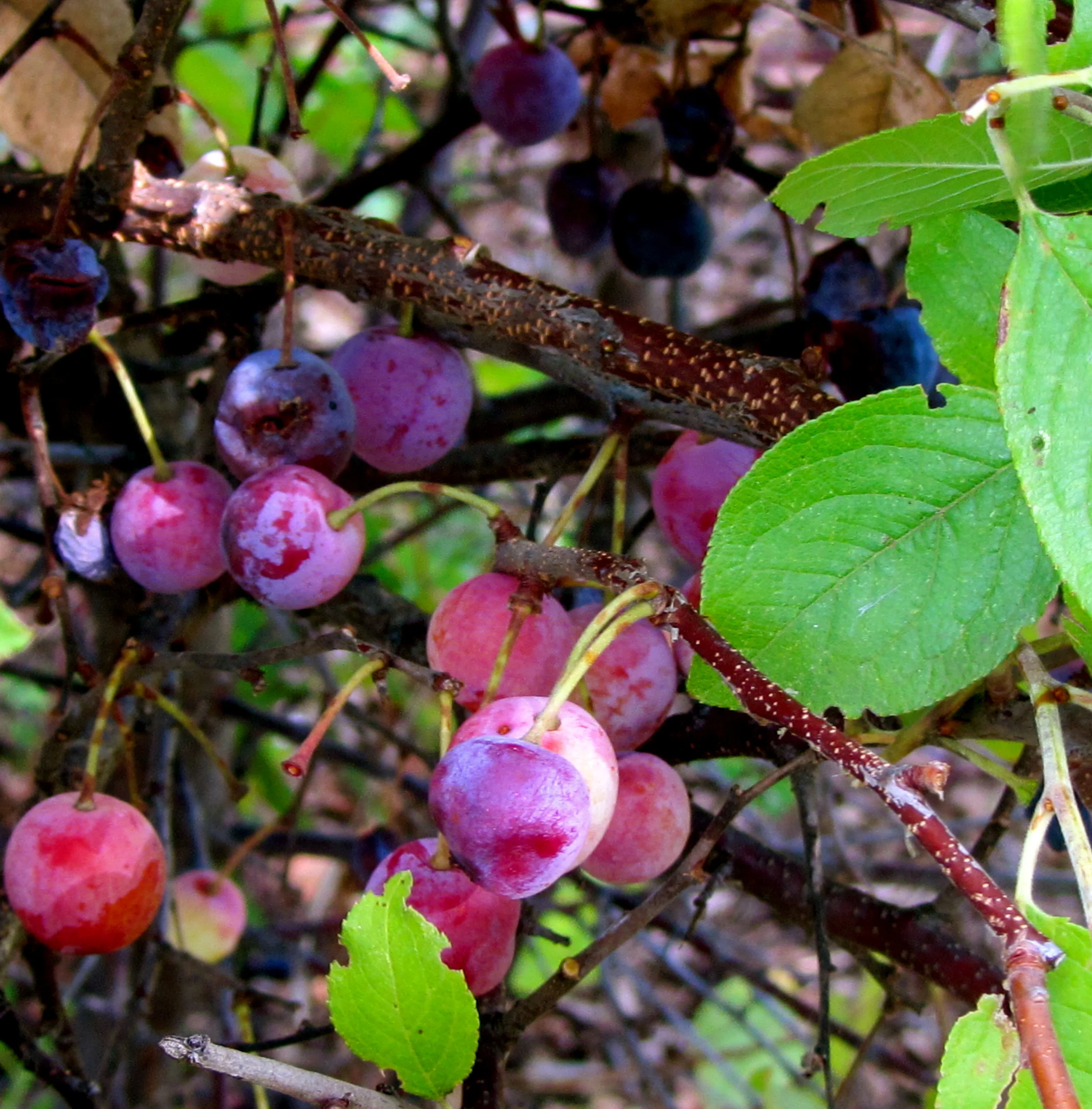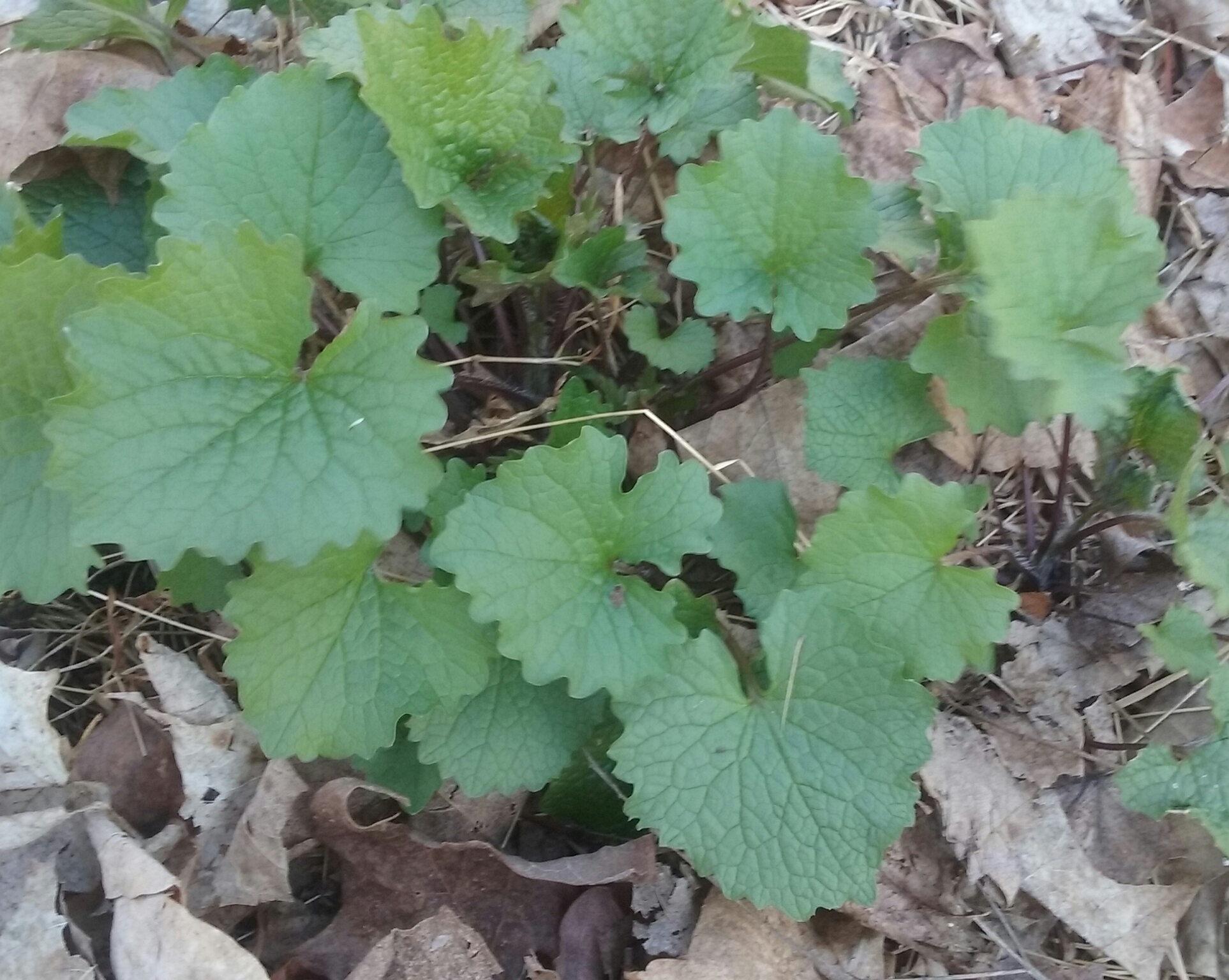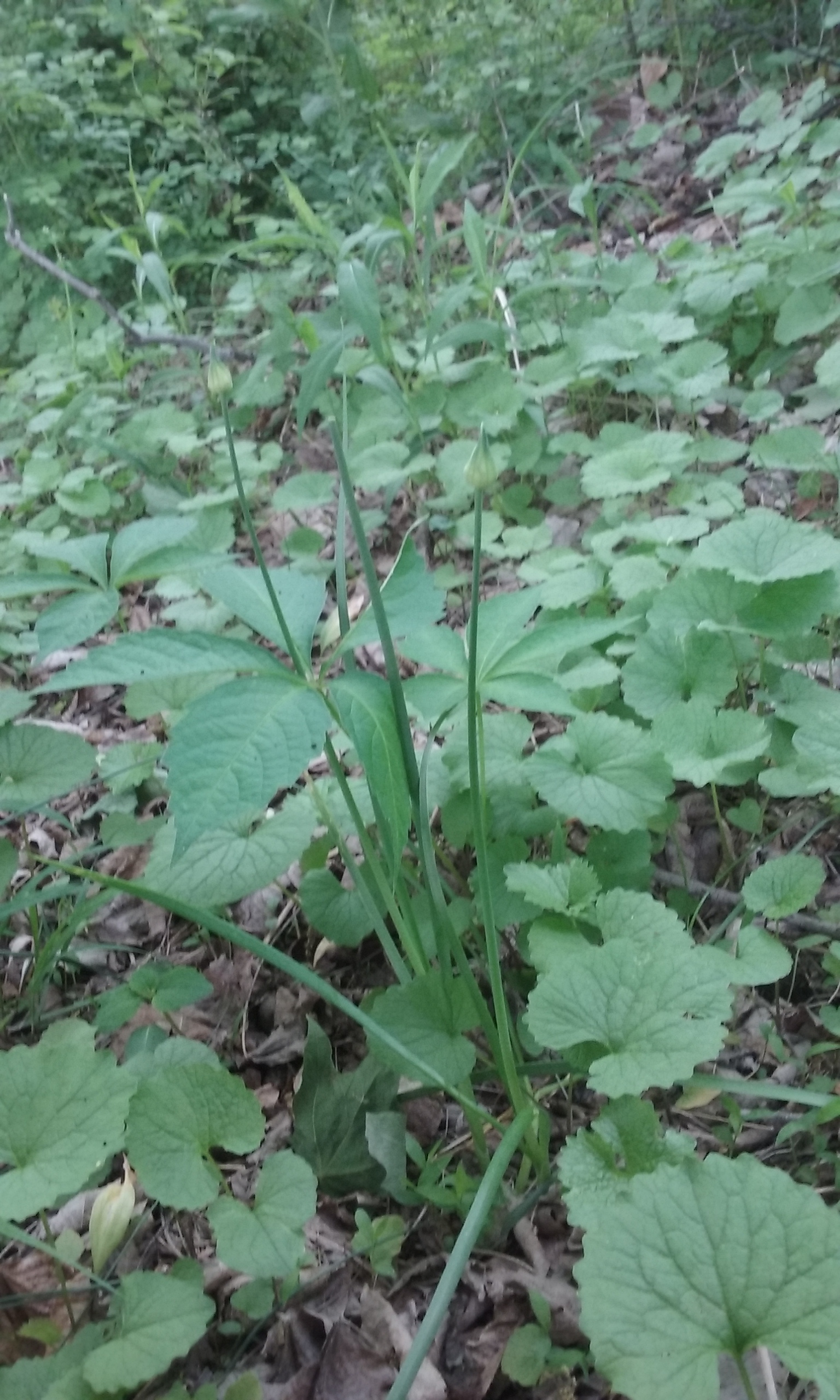My mentor, Gary Lincoff, professional botanist and author of the Audubon Field Guide to North American Mushrooms, cautioned his students not to be a ”plant snob.”
Garlic mustard is invasive, choking out native plants. But it is edible.
I will never get tired of saying that what I like best about foraging is that so many edible plants grow in abundance without any help from me.
I grew up on a farm. Planting, weeding, watering and harvesting are hard work. Foraging is fun.
Garlic mustard is one of the ten featured plants in my e-book, Joyful Foraging: Learn How to Feast on the Food Growing All Around You. Take a close look at the heart shaped leaves with scalloped edges and deep veins.
These are tastiest before the weather warms up. Once the white flowers appear, the leaves become bitter
While you're in the field, look for field garlic pictured on the right, also featured in my e-book.
Meanwhile enjoy this recipe for garlic mustard with sesame oil:
SHOPPING LIST:
Foraged items:
1. Garlic mustard greens
2. Field garlic, if you find it
Purchased items:
1. Sesame oil
2. Onion - if you don't find field garlic
IN THE FIELD:
Gather enough greens to fill a paper lunch bag
If you find field garlic, gather it to use instead of an onion
IN THE KITCHEN:
1. Rinse greens to remove any dirt and blot dry
2. Coarsely chop leaves
3. Bring 2 cups of water to a boil, add chopped greens
4. Boil for 10 minutes or until the water is bright green
5. Remove from heat, drain leaves and discard water
6. Chop field garlic or onion
7. Sauté until golden
8. Stir in cooked garlic mustard greens
Remove from heat, plate and serve






